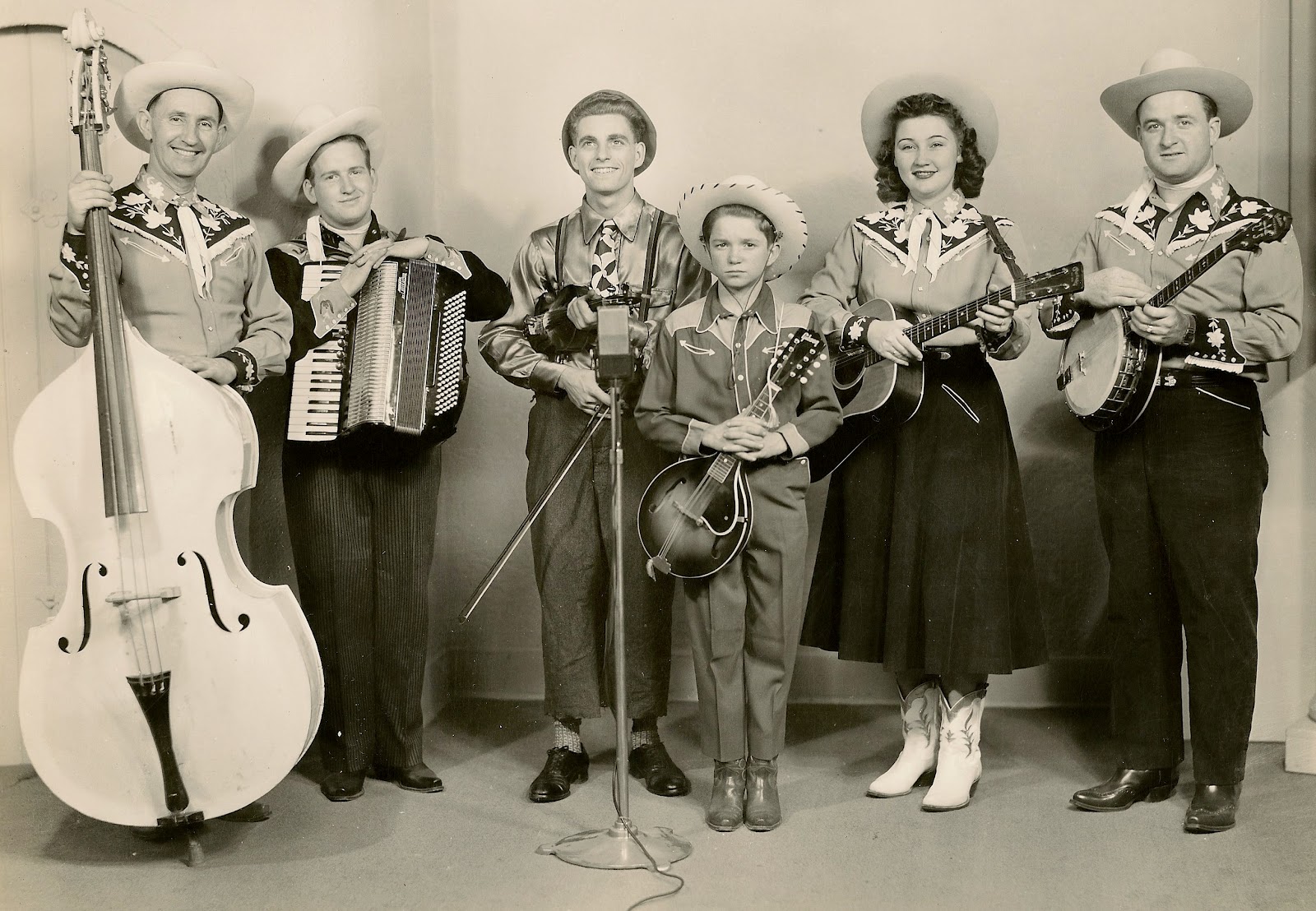HISTORY OF WESTERN MUSIC
What Is Western Music?
The term ‘Western’ refers to European traditions and social structures and has come to include societies that were established and shaped primarily by European immigrants, such as those in the Americas. Thus, Western music may be defined as organized instrumentation and sound created and produced in Europe, the United States, and other societies established and shaped by European immigrants. This includes a wide assortment of musical genres, from classical music and jazz to rock and roll and country-western music. In this lesson, we’ll outline the evolution of music from the ancient world of the Greeks and Romans through all six eras of artistic history.

The history of Western music is primarily rooted in Greek and Roman antiquity, though music existed in virtually every culture long before this. Nevertheless, music was an important part of the lives of the ancient Greeks. Greek philosophers wrote about the power of music, the mathematician Pythagoras explored the mathematics behind musical sounds, and well-known Greek playwrights, such as Sophocles and Aristophanes, used music in their tragedies and comedies.
The Greeks and Romans had many musical instruments, including the lyre, harp, and the cornu horn, which were used in a variety of ceremonies and festivals. The Greeks also developed different systems of music notation, such as the more general harmonia and the more specific Dorian or Lydian, which were names after specific tribes and based upon unique modes, or the specific ordering of musical tones and their corresponding notes. All of these helped music to thrive, and it probably would have evolved in a different way if it hadn’t been for two major factors: the birth of Christianity and the fall of Rome.
The Medieval Era (500 CE – 1450 CE)
Sieges, famine, and internal disputes caused the ancient world to crumble, giving way to the Middle Ages. Almost all technological advances vanished when Rome fell. Without effective leaders to organize such complex societies, many people grew poor and lived in relatively isolated villages. Life was difficult, and the primary focus was survival. Few people had the time or desire to make music. However, one bright spot in the dark world of the Medieval Era was the stability provided by the Church.
Church leaders recognized the power of music and began using it in as a tool for meditation and prayer. This religious music was called plainchant, and it consisted of a single melody sung in Latin, the language of the church. Because musical instruments were associated with the pagan culture of the Greeks and Romans, Church leaders did not approve of their use. Therefore, all plainchant was unaccompanied vocal music, which became known as a cappella, a term that basically means ‘in the style of the chapel.’
The most famous type of plainchant in this era was Gregorian chant, developed under Pope Gregory the Great and sung by Gregorian monks. Gregorian monks also created one of the first standards for musical notation known as neumes, or symbols and shapes meant to represent specific pitches. These notes are the forebearers of today’s musical notation systems. It wasn’t until late in the Medieval Era that music began to get more complex than this, with the rise of polyphony, or when two or more melodies are played at the same time to create a unified sound.
Referensi: https://study.com/academy/lesson/western-music-history-timeline-lesson-quiz.html


